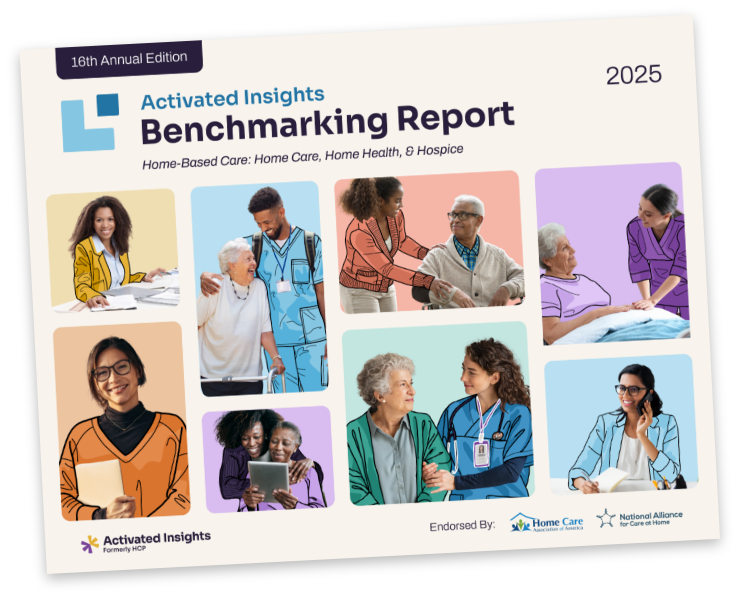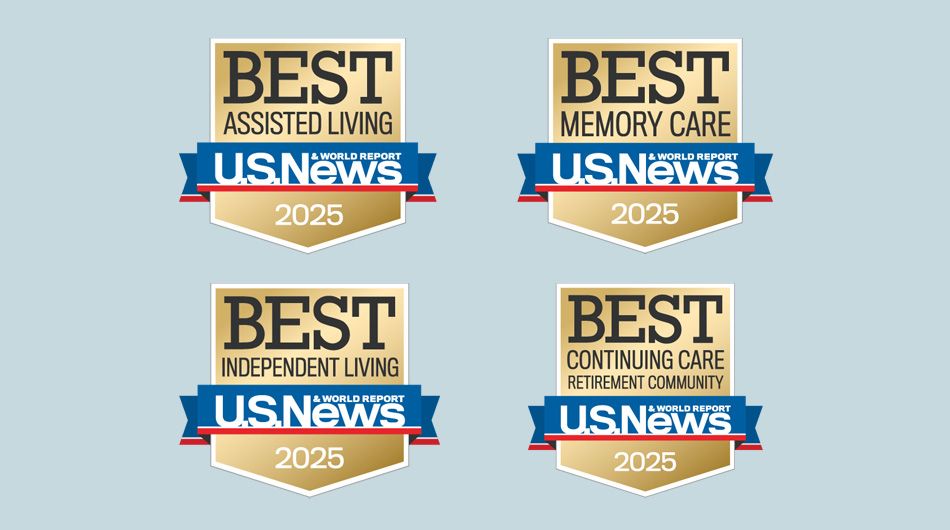If you’re dreading reminding your staff about their required annual training, you’re not alone—but you may be part of the problem. Enhance staff engagement and retention with these tips and resources to become a motivational leader in post-acute and long-term care.
Several years ago, I was training to be a clinical manager. My preceptor showed me the company’s annual curriculum and I recall her saying, “Nobody likes this training, it is frustrating but just keep nagging them to get it done as quick as they can so you’re not worrying about it at the end of the year.” She then sent out a mass e-mail to her staff relaying the same disdain and “just get it done” mentality. Ouch. As a nurse with a degree in education, it stung me to be told that the staff despised training.
Be honest, are you particularly dreading having to remind your staff about their annual mandatory training?
Now, as an experienced nurse author who gets to help create training opportunities, I see the value of being motivational about training even more.
My advice for leaders now is to be positive, put on a smile, and make learning a fun experience for your staff, and something that you all look forward to as the new year progresses. If you begin by telling an employee, “Sorry but you have to take this training, it’s not my fault…” they will immediately mirror your less-than-stellar attitude. If you are a leader with a negative disposition, even about just a few things, you still run the risk of creating a potentially toxic culture with negative staff.
Consider these tips to help motivate yourself, and your staff, to develop their skills and have fun doing it:
Motivational Tip #1: Be intentional when it comes to training.
No matter what roles may be in your organization, make sure you have training that meets each of their needs. Training is never a “one size fits all” so make sure you are giving learning opportunities to all your employees. Maybe after a survey you notice a gap in your staff’s knowledge amongst your staff, or you find a skill that needs refreshing; take this opportunity to be intentional and re-examine how you are training on the topic. Determine what you can do to help your staff better retain knowledge and then celebrate them for later improving their skillset.
Resources: Our Activated Insights training library includes curriculums for care professionals in all post-acute care settings, as well as ANCC accredited courses for nurses and other clinicians in home care, home health, hospice, and senior living settings. We created dozens of general and setting-specific training courses that intentionally meet your staff’s needs. For example, we offer:
Motivational Tip #2: Be adaptable with your training programs.
Being compliant with state and federal regulations, as well as organizational policies, means that you often must assign the same training annually—which can get boring. But you can adapt and find additional training methods to make the standard course stand out and the information learned really sticks. It’s easy to get stuck in a rut, but if you are only teaching to one learning style or assigning one course, then you are not respecting the different ways that people learn and grow.
Resources: For example, the Activated Insights library of webinars, blogs, podcasts, and microlearning opportunities help reinforce important training and skills in new ways. For care professionals, don’t forget about our interactive PDF library with learner and instructor guides to facilitate classroom teaching sessions. Assign the mandatory course but then listen to a corresponding webinar together and make time to talk about it. We also have printable course resources and fact sheets that you can use as teaching tools to deliver information to your staff to review key concepts or start real conversations that reinforce important topics.
Motivational Tip #3: Monitor your data and outcomes.
Like every vertical within post-acute care and healthcare in general, you are monitoring many pieces of data. From census growth patterns to infection and fall rates, to CAHPS scores and beyond, make sure you are applying tangible data to your training programs. If there is a gap and your staff needs more education to reduce wound care costs, find a course on wound dressings and assign it, but then monitor your later outcomes and costs to see if the training was effective. If you are trying to grow your census and know there is an opportunity to increase the amount of referred patients from a new memory care facility, increase your training in dementia and related disorders for your staff.
Resources: As data is not always qualitative, finding ways to track qualitative items from both your clients and employees will lead to even more learning opportunities for your staff’s professional growth and positive team outcomes. Monitor your staff’s satisfaction and uncover your company’s blind spots by gathering and acting on your customer and employee feedback.
Motivational Tip #4: Highlight your staff’s professional development.
Seek more ways to develop your staff into highly skilled professionals. Remember there is a big difference between developing professionals and cultivating a team of experts, versus simply assigning a professional development course. When you find unique training opportunities to give your staff, feel free to promote their new learning opportunities and highlight them to your community. Praise your staff for learning new things and developing their skills, then encourage them to keep learning! If you make the effort to prioritize professional development, you will create a happier, positive work culture with a trickle-down effect for positive outcomes for clients and families, too.
Resources: Activated Insights offers specialty learning paths for post-acute care workers. For example, we have unique partnerships with Barbara Karnes to become end-of-life care experts, microlearning courses with Teepa Snow for guidance on caring for people living with dementia and related disorders, and certification for hospice volunteers through Patty Burgess’ Teaching Transitions curriculum. Be sure to keep your staff engaged and monitor how they feel about their performance and your workplace.
As you navigate the early part of the year, remember to keep smiling and motivate your staff to want to learn. It is only through ongoing learning and development opportunities that our post-acute care teams can continue to achieve positive outcomes and deliver rewarding care experiences.
Related Posts












